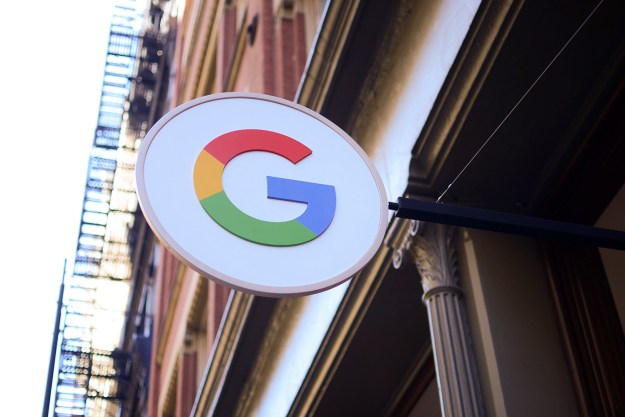
“To help users browse safely, Chrome indicates connection security with an icon in the address bar,” Google explained in its Chromium blog. “Historically, Chrome has not explicitly labeled HTTP connections as nonsecure,” but that changes starting in version 56. Over the next few weeks, site visitors will be warned when they land on an HTTP instead of HTTPS site — this is “part of a long-term plan to mark all HTTP sites as nonsecure,” Google said.
Google has long held influence over the state of the web — both on desktop and mobile. Last year, the internet behemoth announced that it would start knocking sites if they weren’t mobile responsive, which lowers their search ranking. This certainly helped to spur an increase in mobile-responsive sites, making it easier for smartphone users to browse the web on their handheld devices.
Security is more important than ever, particularly given the increasing frequency with which breaches and hacks now occur. Google Chrome’s decision to begin explicitly marking insecure connections is aimed squarely at the issue.
Separately, Chrome 56 will also allow sites to interact with Bluetooth Low Energy (BLE) devices using the Web Bluetooth API across operating systems, including Android, Chrome OS, and Mac. As per the Chromium blog, web developers will be able to “connect to bluetooth devices such as printers and LED displays with just a few lines of JavaScript.”
And finally, the latest version of Chrome will support CSS position: sticky, a new way to position elements. The blog explains, “A position: sticky element is relatively positioned, but becomes position: fixed after the user reaches a certain scroll position … Now, users can achieve the desired effect by simply positioning their elements as sticky.”
Editors' Recommendations
- 5 web browsers you should use instead of Google Chrome or Edge
- Google just settled a $5B privacy suit involving Chrome browser
- Google has a great idea to fix your tab chaos in Chrome
- Chrome is making a key change to protect you from phishing
- Google Chrome is getting a complete overhaul for its birthday

